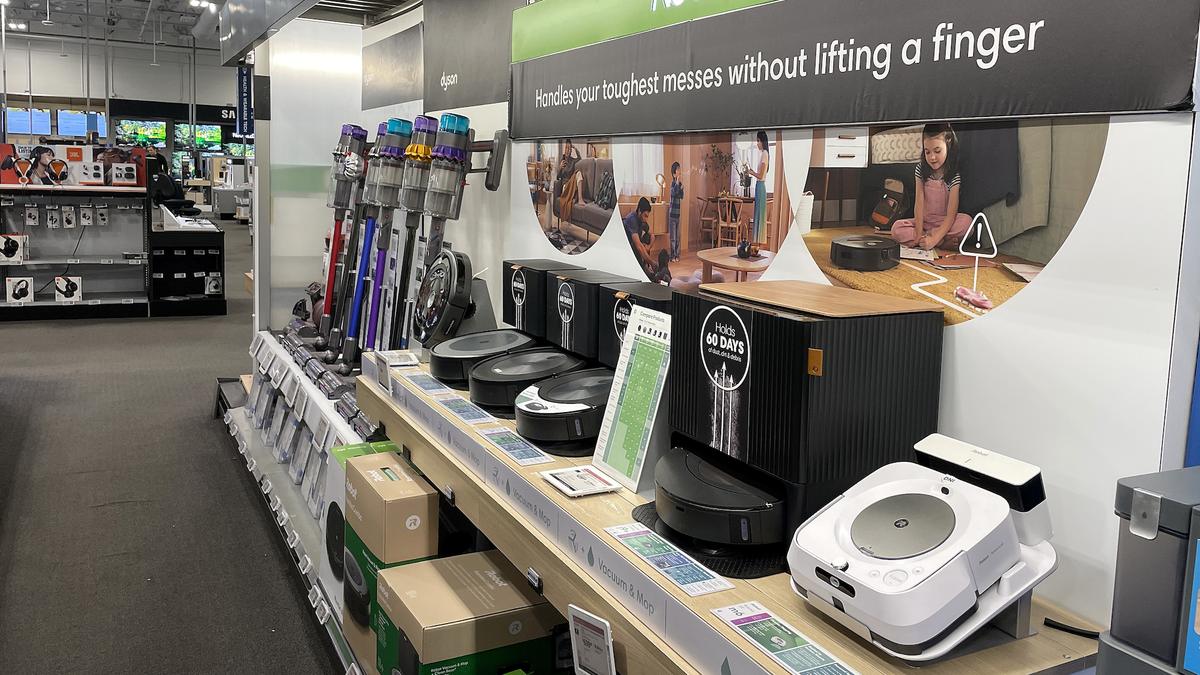AI is no longer just a buzzword. The manufacturing industry has reached a stage where both the technology and the mindset exist to embrace real, practical applications of AI and create tangible value on the factory floor.
For many manufacturers, that journey doesn’t require starting from scratch. In fact, it can start with the data humming quietly inside the ERP software you already trust every day.
By turning that wealth of real-time production, inventory, and supplier data into fast, predictive insight, manufacturers can cut waste, dodge disruptions, and outpace competitors – all without ripping out existing systems.
In other words, the path to an AI-powered factory floor begins not with wholesale reinvention, but with smarter use of what’s already at your fingertips.
With that in mind, here are five practical ways manufacturers can start unlocking that value, without needing to reinvent the wheel.
Regional Vice President UK&I, Epicor.
1. Tap into real-time data for faster, smarter decisions
ERP systems hold a wealth of real-time operational data. AI can analyze this information quickly, helping manufacturers optimize daily processes like procurement, inventory planning, and customer service.
To make the most of this data, manufacturers don’t need to start from scratch. With AI tools like dashboards, real-time alerts, and insights built right into existing systems, it’s easier to spot trends, track performance, and act on changes as they happen. Instead of digging through reports or jumping between platforms, teams get the information they need right when they need it, helping them make smarter, faster decisions with more confidence.
For example, with embedded tools in place, AI can forecast demand patterns and suggest order schedules, helping avoid stockouts or excess inventory that ties up cash. It can also consolidate customer data across touchpoints, providing clearer insights into behavior and preferences, supporting better service and more targeted communications.
When used well, AI turns existing data into a powerful decision-making engine.
2. Make small tech enhancements that deliver big gains
Rather than undertaking a full system overhaul to benefit from AI, many manufacturers have turned to optimization and focusing on enhancing the tools they already have in place, through the form of “micro innovations.”
By making small, targeted upgrades to existing systems, manufacturers can deliver measurable improvements in efficiency and performance without disrupting day-to-day operations. On the factory floor, we’re seeing smart tech guide workers through complex tasks, improve workforce scheduling, and streamline everything from planning and forecasting to last-mile delivery.
These “micro-innovations” are easier to roll out and less risky than large-scale digital transformation, making them a practical choice in today’s cautious investment climate. And by improving what’s already in place, manufacturers can unlock more value with minimal disruption and less cost.
3. Free up teams by automating manual tasks
AI’s real strength lies in removing the repetitive jobs that eat up time and limit productivity. From processing supplier quotes to managing documents, many of these tasks can now be handled by AI tools, freeing up staff to focus on higher-value work.
For example, instead of manually sorting through customer records or tracking down compliance paperwork, AI can surface the right information instantly. This not only saves time but reduces the risk of errors. It also improves employee experience, as teams spend less time on admin and more time doing work that adds real value.
Manufacturers can take advantage of these efficiencies by applying AI to the systems they already use every day. Rather than building something new, it’s about enhancing what’s already in place. That way, IT automation becomes a practical, accessible step in the broader AI journey, not a major leap.
4. Focus on clear, practical use cases
The most effective AI projects start with a clear problem to solve. Whether it’s improving customer service, reducing waste, or managing risk in the supply chain, the best results come from targeted, purpose-driven use cases.
Manufacturers can start by looking at the everyday problems that slow things down, like repetitive tasks, frequent errors, or processes that take too long or cost too much. Once those pain points are clear, it’s easier to work backwards and see where AI could help. It’s also worth speaking to the people on the ground — they usually know exactly where things get stuck and where small improvements could make a big difference.
For instance, one practical use case is demand forecasting — analysing historical trends, seasonal shifts, and supplier timelines to ensure the right stock is in the right place at the right time. Another is improving visibility by merging data across departments to build a clearer, shared picture of operations.
Starting small and staying focused is the best way for manufacturers to prove value quickly and build momentum for wider AI adoption.
5. Build confidence with governance and control
AI is a powerful tool, but it must be implemented responsibly. Manufacturers operate in complex, often highly regulated environments, and any AI system must align with strict data access, compliance, and security standards.
That means AI tools should respect user permissions and keep data contained within trusted environments. Just as importantly, outputs need to be monitored and validated, ensuring humans stay in the loop, particularly when decisions carry operational or financial risk.
Strong governance builds trust. And when teams trust the technology, they’re more likely to use it — and use it well.
The future starts with what you already have
Many manufacturers already have what they need to start unlocking the benefits of AI — a lot of the tools, data, and systems are often already in place. The key is taking that first step.
By focusing on small, high-impact opportunities and making better use of the data already at their fingertips, AI becomes less of a leap and more of a natural next move.
You don’t need a big bang strategy. Just the right tools, clear priorities, and a willingness to start.
We list the best business plan software.
This article was produced as part of TechRadarPro's Expert Insights channel where we feature the best and brightest minds in the technology industry today. The views expressed here are those of the author and are not necessarily those of TechRadarPro or Future plc. If you are interested in contributing find out more here: https://www.techradar.com/news/submit-your-story-to-techradar-pro









 English (US) ·
English (US) ·